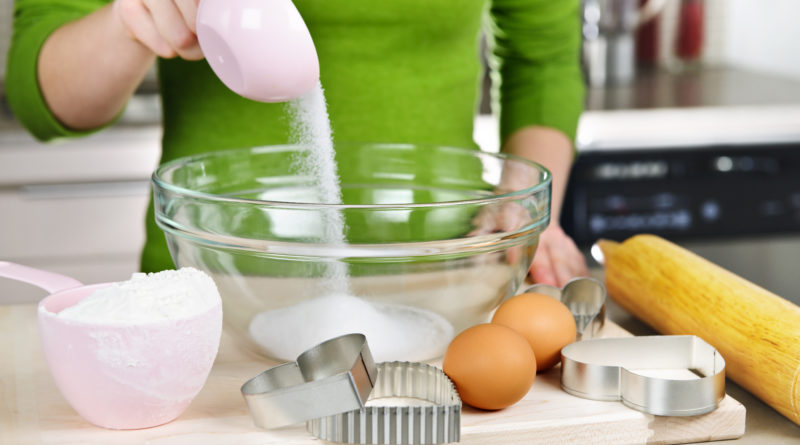How to Measure Ingredients in the Kitchen
1,148 total views, 1 views today
In the kitchen, there are always variables. How hungry are you? For how many people are you cooking? What are you feeling hungry for? Taking proper measurements in the kitchen will reduce the stressful variables involved when it’s time to eat. Whether you’re cooking meals ranging from rice to smoothies, you need to get your measurements exactly right. With these tips below, you’ll know how to do just that.
The tools
First, understand that a kitchen is a working zone. In every working zone, you need to be equipped with the right tools. To get the correct measurements when you’re cooking or baking, the very first thing you’ll need is patience.
With patience and attention to detail, you can perfect more advanced recipes. Knowing how to measure things accurately can take time and experience, but this knowledge is one of the most vital tools at a chef’s disposal.
You’re going to need graduated measuring cups for wet and dry ingredients, measuring spoons, and a clear plastic or glass container with a pouring spout with measurement markings. The difference between wet and dry measuring cups is the straight lip used to scrape excess material out of the measuring cup. Try not to use a dinner spoon when a recipe asks for a tablespoon and try not to eyeball your ingredients.
Measuring dry ingredients
Flour is a great example of why measuring dry ingredients can be challenging. The amount of space between grains of flour dust changes constantly, so flour can pack together more easily than other ingredients. Flour should be stirred in the bag or moved to a separate container and then stirred before being measured out into cups.
When you measure out your flour after stirring, you want it to be as fluffy as possible. Don’t shake the measuring cup or pack the flour down, or you’ll add too much flour. This excess will make your batter or dough too heavy to rise and lead to some major kitchen disappointments. Use the flat edge of a butter knife to scrape the top of the container and get an even measurement of flour.
As you measure flour and other dry ingredients, you should keep a surprising open kitchen secret in mind: Dry measuring cups are inherently inaccurate. For a truly perfect measurement, you’ll need a kitchen scale to measure ingredients by weight.
Measuring wet ingredients
Measuring liquids is a bit more tedious. To take a proper liquid measurement, you’ll need to get up close and see the markings at eye level. Make sure that your wet ingredients are exactly meeting the mark, not above or below. Be careful, as too much liquid will lead to a pancake soup for breakfast.
Often, surface tension in liquids will create a curve. Match the bottom of this curve, known as the meniscus, to the line on your measuring cup when you measure out your liquids.
Have you used any of these tips while measuring ingredients? Sound off in the comments!

